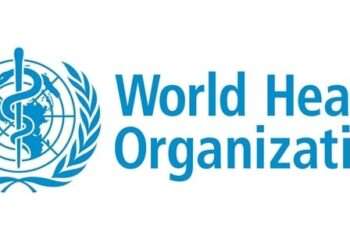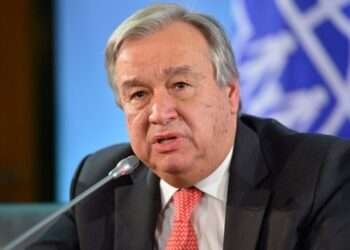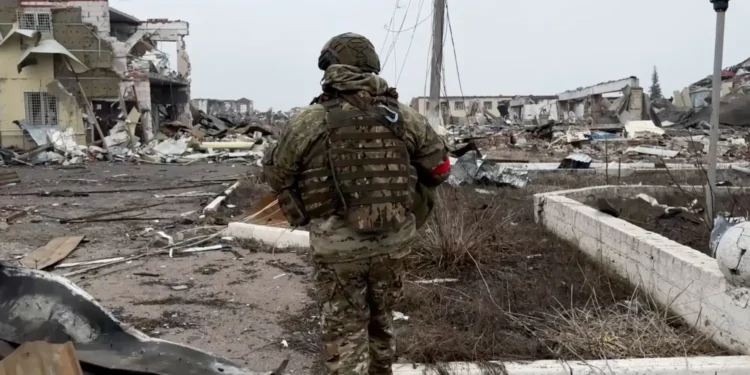COVID-19 infections are experiencing a significant resurgence worldwide, including among athletes at the Olympics, with the World Health Organization (WHO) cautioning that this trend is unlikely to abate soon.
The UN health agency has raised alarms over the potential emergence of more severe variants of the virus.
“COVID-19 is still very much with us,” Dr. Maria Van Kerkhove of WHO emphasized to journalists in Geneva. The virus remains active in all countries, posing an ongoing threat to global health.
Data from WHO’s sentinel-based surveillance system across 84 countries indicates a rising percentage of positive tests for SARS-CoV-2 over several weeks.
“Overall, test positivity is above 10 percent, but this fluctuates per region. In Europe, percent positivity is above 20 percent,” Dr. Van Kerkhove explained.
The Americas, Europe, and the Western Pacific have all registered new waves of infection.
Additionally, wastewater surveillance suggests that the actual circulation of SARS-CoV-2 is between two to twenty times higher than reported figures, indicating a widespread underestimation of the virus’s presence.
Higher Risk of Severe Variants Emerging
Unusually high infection rates during the northern hemisphere’s summer months are atypical for respiratory viruses, which generally proliferate in colder temperatures.
“In recent months, regardless of the season, many countries have experienced surges of COVID-19, including at the Olympics where at least 40 athletes have tested positive,” noted Dr. Van Kerkhove.

As the virus continues to mutate and spread, there is an increasing risk that a more severe strain could develop. Such a strain could potentially evade current detection systems and resist medical treatments.
Despite hospital admissions, including for intensive care, being significantly lower than during the peak of the pandemic, the WHO is urging governments to bolster vaccination campaigns.
This is particularly crucial for high-risk groups, who should receive COVID-19 shots at least once every 12 months to mitigate the risk of severe disease.
“Ensuring you have had a COVID-19 vaccination dose in the last 12 months, especially if you are in an at-risk group, is vital,” stressed Dr. Van Kerkhove.
Vaccine Production Challenges
Vaccine availability has decreased substantially over the past 12 to 18 months, as the number of COVID-19 vaccine producers has dwindled.
Dr. Van Kerkhove acknowledged the challenges faced by manufacturers, who no longer need to maintain the production levels seen in 2021 and 2022. “But let’s be very clear, there is a market for COVID-19 vaccines that are [already] out there,” she stated.
Nasal vaccines, still under development, hold promise for addressing transmission, potentially reducing the risk of further variants, infections, and severe disease. However, low vaccination coverage and widespread virus circulation remain pressing concerns.
“I am concerned,” Dr. Van Kerkhove admitted. “With such low coverage and such large circulation, if we were to have a variant that would be more severe, then the susceptibility of at-risk populations to develop severe disease is huge.”
The WHO’s warning underscores the need for continued vigilance and proactive measures to combat COVID-19, even as the world strives to move beyond the pandemic’s most acute phases.
READ ALSO: BoG Sanctions Customers for Persistent Issuance of Dud Cheques























